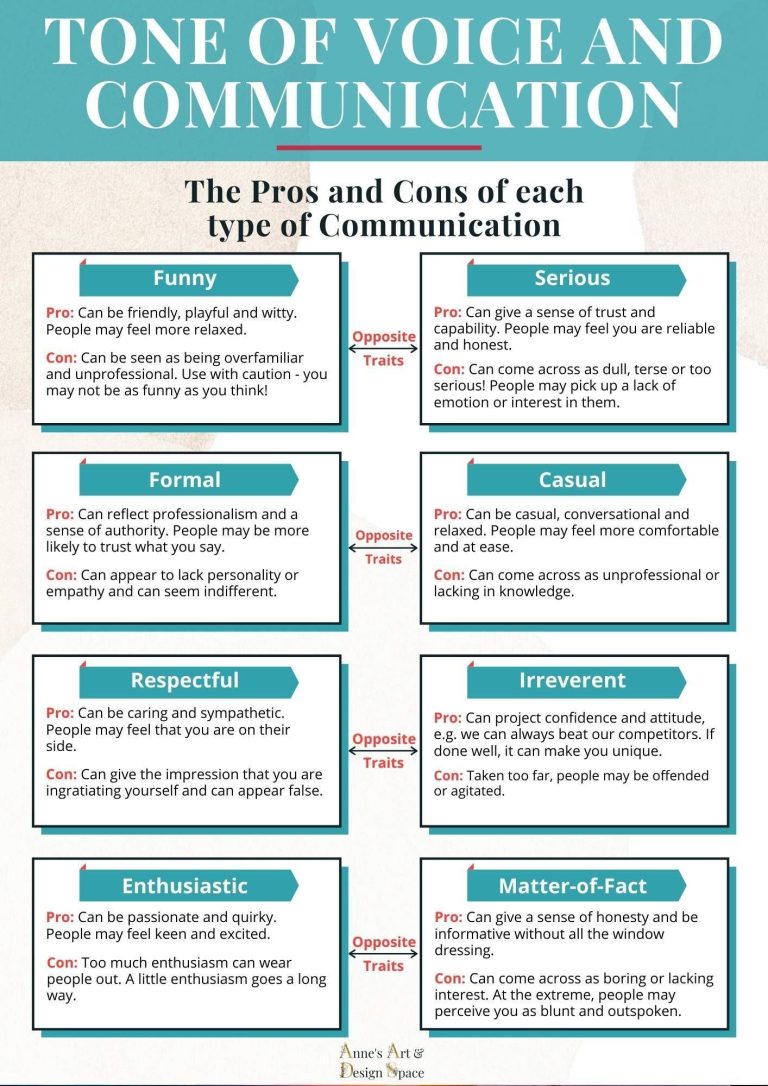Is Silence a Form of Communication?
Communication is a complex interplay of words, gestures, expressions, and, interestingly, moments of silence. While we often associate communication with spoken language, silence plays a significant role in conveying meaning, emotions, and intentions. In this blog post, we’ll explore the concept of silence as a form of communication, its nuances, and the various contexts in which it operates.
Yes, silence is a powerful form of communication. It conveys emotions, consent, disagreement, or contemplation. In certain situations, silence speaks louder than words, creating a meaningful exchange between individuals.
Whether expressing empathy or allowing for reflection, silence plays a crucial role in human communication, often conveying nuances that words may fail to capture.
The Power of Silence
1. Understanding the Different Forms of Communication: Communication is not limited to verbal expression alone. It encompasses both verbal and non-verbal elements. Non-verbal communication, of which silence is a part, includes body language, facial expressions, and gestures. Silence, therefore, becomes a language in itself.
2. Silence as a Response: Silence often serves as a response to a situation, question, or statement. It can signify agreement, disagreement, contemplation, or simply a lack of words to express the complexity of one’s feelings. The context surrounding the silence is crucial in interpreting its meaning.
3. Emotional Expression: Silence is a powerful tool for expressing emotions. It can convey sadness, happiness, anger, or even confusion. For example, a moment of silence during a somber occasion can speak volumes without uttering a word.
4. Cultural Variations: The interpretation of silence varies across cultures. In some cultures, silence is valued as a sign of respect or thoughtfulness, while in others, it might be perceived as discomfort or lack of engagement. Understanding cultural nuances is essential in decoding the meaning of silence.
Silence in Different Contexts
1. Professional Settings: In the workplace, silence can be an integral part of communication. It might signal attentiveness during a meeting, disagreement with a proposal, or the need for a moment of reflection. Leaders who master the art of strategic silence often convey authority and thoughtfulness.
2. Personal Relationships: In personal relationships, silence can be a mode of connection or a source of tension. Comfortable silence between individuals often indicates a deep understanding and comfort with one another. Conversely, prolonged silence might signal unresolved issues or emotional distance.
3. Therapeutic Silence: In therapeutic settings, silence is intentionally used to allow individuals the space to reflect and express themselves. Therapists often use silence to encourage clients to delve deeper into their thoughts and emotions.
4. Negotiations and Diplomacy: Silence is a strategic tool in negotiations. It can be employed to elicit more information, allow the counterpart to reconsider, or create a moment of tension. Skilled negotiators understand the power of well-timed silence in achieving their objectives.
Silence in Nonverbal Communication: The Unspoken Language
Nonverbal communication is a rich and nuanced aspect of human interaction, and silence plays a significant role in conveying messages without the need for words. Here, we explore the various dimensions of silence within the realm of nonverbal communication.
1. Expressive Silence: The Language of Emotion
Silence is a potent vehicle for expressing emotions. It can communicate sadness, joy, contemplation, or even discomfort. For instance, a moment of silence during a conversation may indicate deep thought, while a prolonged pause might suggest emotional unease. Understanding the context is key to interpreting the emotional nuances carried by silent interludes.
2. Pauses in Conversation: Emphasis and Reflection
In verbal communication, well-timed pauses can add emphasis, allowing the listener to absorb and contemplate the preceding information. These strategic pauses serve as punctuation marks, guiding the flow of conversation and giving weight to certain statements. The intentional use of silence in this manner enhances the overall effectiveness of verbal communication.
3. Power Dynamics: The Silence of Authority
Silence can signify authority and control. In certain situations, a person in a position of power may use silence to convey dominance or to prompt others to speak. The power dynamics inherent in silence can shape the course of a conversation, influencing the level of participation and the perceived authority of those involved.
4. Cultural Variances: Silence as Cultural Code
The interpretation of silence varies across cultures. In some cultures, silence is valued as a sign of attentiveness and respect, while in others, it may denote discomfort or disagreement. Understanding cultural nuances is crucial for effective cross-cultural communication, ensuring that silence is correctly interpreted within its cultural context.
5. Deeper Connections: Silence in Intimate Relationships
Silence can deepen connections in intimate relationships. Comfortable silences, where words are unnecessary, can reflect a profound understanding between individuals. In such cases, silence serves as a nonverbal affirmation of the bond shared, allowing for a communication that transcends the need for constant verbal expression.
6. Conflict and Resolution: The Weight of Unspoken Words
Silence often takes center stage during conflicts. It can be a tool for expressing displeasure, signaling a need for reflection, or even serving as a passive-aggressive response. However, when used wisely, silence can also pave the way for resolution, allowing individuals to cool off and approach the issue with a clearer perspective.
In summary, silence in nonverbal communication is a versatile and indispensable component of human interaction. From expressing emotions to navigating power dynamics and fostering deeper connections, silence speaks volumes in the unspoken language that underlies our day-to-day interactions. Recognizing and understanding the subtleties of silence enhances our overall communicative prowess, enabling more meaningful connections in both personal and professional spheres.
The Misinterpretation of Silence
While silence can be a profound form of communication, it is not without its challenges. Misinterpretation is a common risk, as individuals may assign different meanings to moments of silence based on their perspectives and experiences. Effective communication involves not only being aware of the silence but also understanding the context and the individuals involved.
Final Thoughts
In the vast tapestry of communication, silence is a thread that weaves its way through various interactions, adding depth, nuance, and meaning. It is not merely the absence of words but a language that requires attentive listening and interpretation. Acknowledging the power of silence in communication allows us to appreciate the richness it brings to our interactions, fostering a deeper understanding of ourselves and those around us. So, the next time you encounter a moment of silence, remember, it might be saying more than you think.




